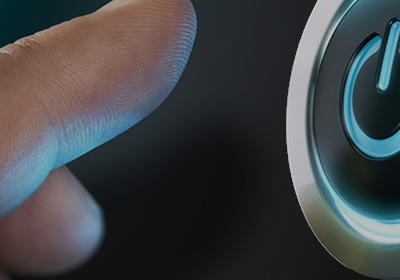
Scenario:
A startup company developing smart home products faced a critical challenge: ensuring the proper application of 220V AC in their devices without any abnormal signals. They needed a reliable method to verify this without additional PCs in their test lab. The RIGOL Oscilloscope, with its Web Control feature, offered a perfect solution for remote monitoring and control.
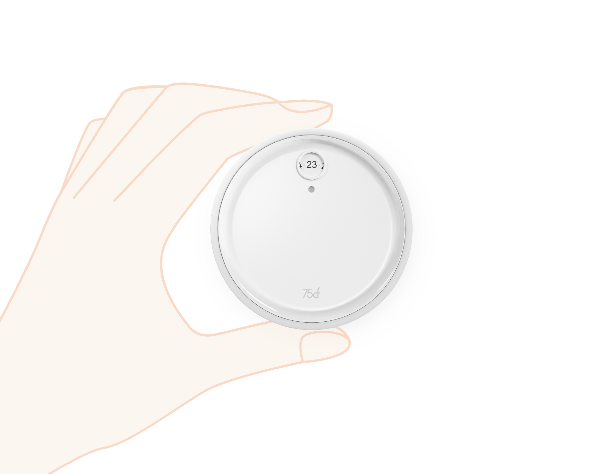
Figure 1. The customer’s smart home application example
Methods of Measuring 220V AC:
Three methods can be employed to measure 220V AC effectively:
- Using an Isolated Transformer:
The first approach involves using an isolated transformer before connecting the oscilloscope. This method is practical for customers who already possess a transformer. However, it is less ideal for those who do not, as it requires purchasing a separate transformer, adding to the costs and complexity.
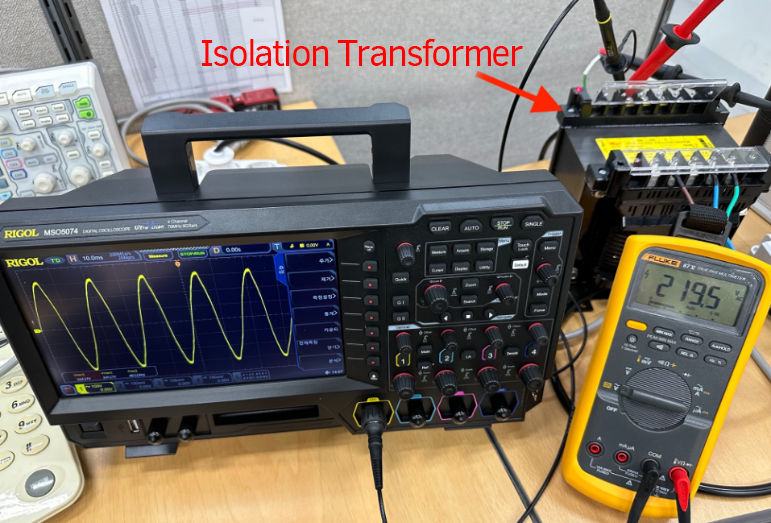
Figure 2. 220V AC measurement using oscilloscope with isolated transformer
- Using a High Voltage Differential Probe:
The second method utilizes a general oscilloscope in combination with a high voltage differential probe. Measuring 220V AC directly without a differential probe can lead to safety hazards or damage to the oscilloscope due to potential short circuits between grounds. Therefore, using a differential probe like the RIGOL PHA0150, which can measure up to 1500V, is recommended. This ensures safe and accurate measurements when used with a general-purpose oscilloscope, such as the RIGOL DHO1204.
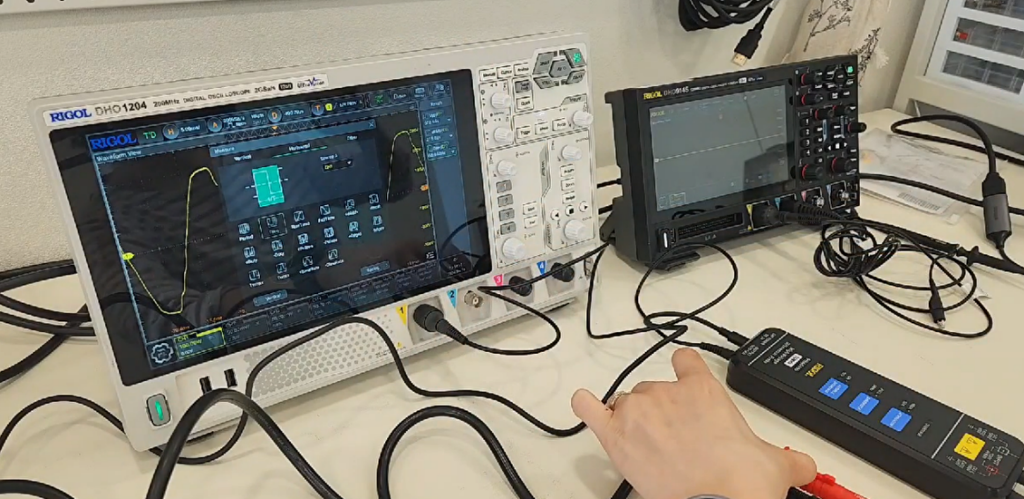
Figure 3. 220V AC measurement using oscilloscope with differential probe
- Using a Battery-Powered Portable Oscilloscope:
The third and most cost-effective method is using a battery-powered portable oscilloscope. Since these oscilloscopes are not connected to the earth’s ground, they avoid ground short problems, even when measuring 220V AC. This eliminates the need for a separate isolated transformer or a differential high-voltage probe, making it an economical choice.
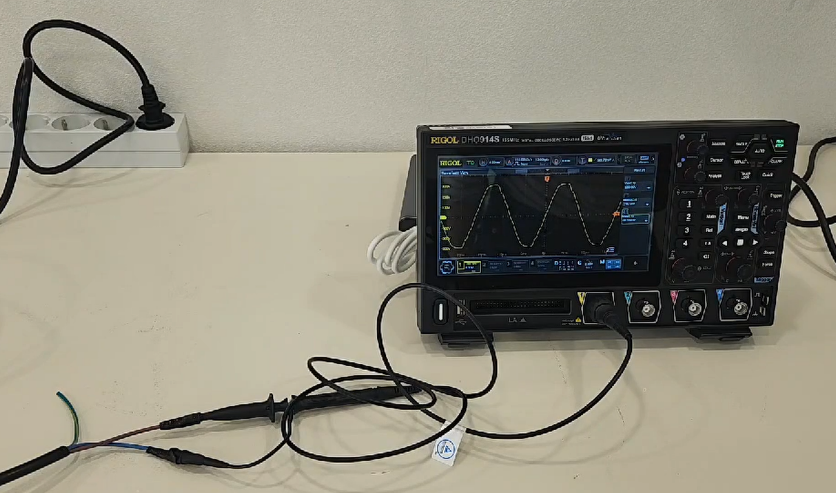
Figure 4. 220V AC measurement using a portable oscilloscope
Remote Control and Monitoring:
The startup required a solution for controlling and monitoring the oscilloscope remotely without a PC in the test environment. The Web Control feature of the RIGOL oscilloscope addressed this need. Our engineer guided them on accessing, controlling, and monitoring the oscilloscope from an external environment through the router's DDNS setup and port forwarding.
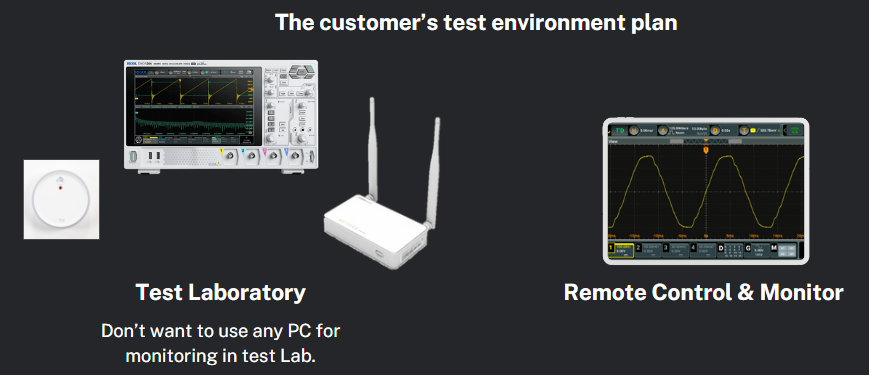
Figure 5. The customer’s test environment plan
Value of the RIGOL Oscilloscope:
The RIGOL DHO800/900 series oscilloscopes offer several advantages:
- Compact Size: Easy to integrate into various test environments.
- Battery-Powered: Eliminates the need for a separate power source, enhancing portability.
- Cost-Effective: No need to buy additional probes or transformers for measuring 220V AC.
- High Specifications: Comparable to other general-purpose instruments, ensuring reliable performance.
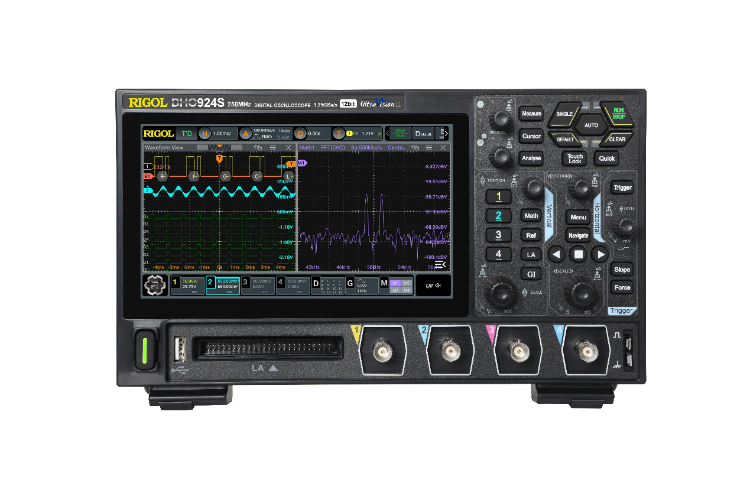
Figure 6. DHO924S for measuring 220V AC
Conclusion:
The RIGOL Oscilloscope, with its versatile measurement options and remote monitoring capabilities, proved to be an ideal solution for the startup’s smart home application. Whether using an isolated transformer, a high voltage differential probe, or a battery-powered portable oscilloscope, RIGOL ensures safety, accuracy, and cost-effectiveness in measuring 220V AC.

























